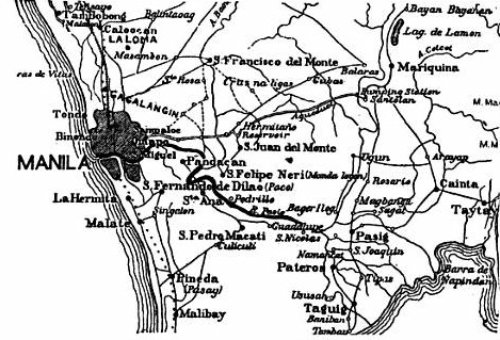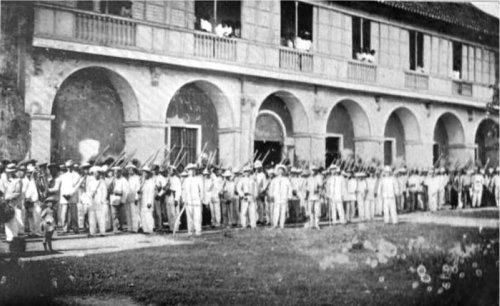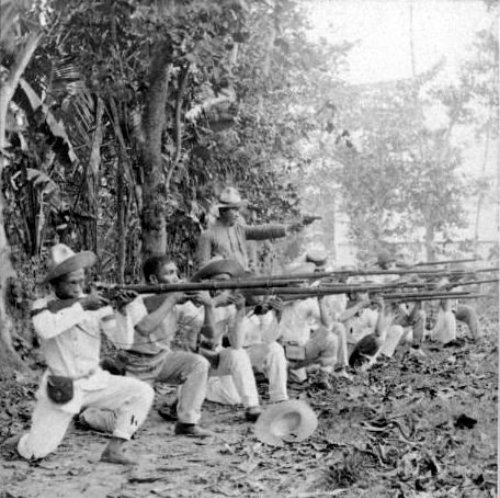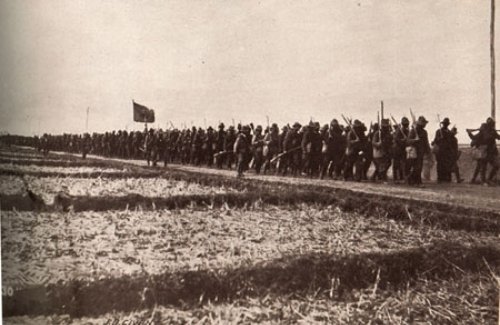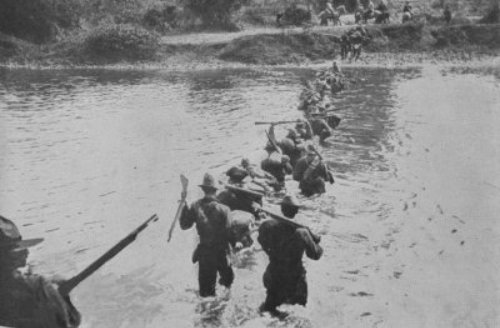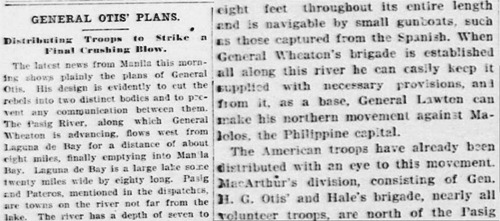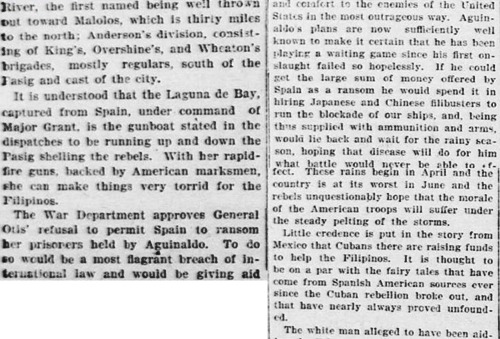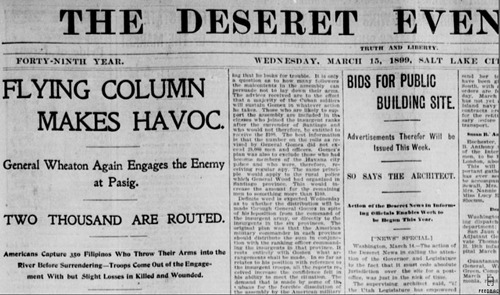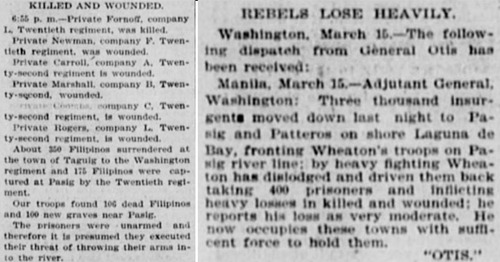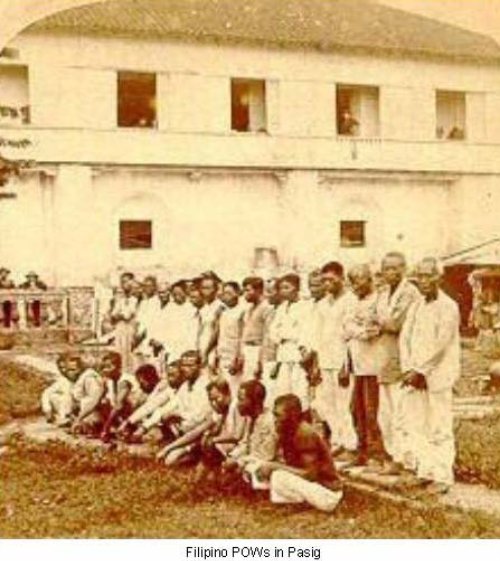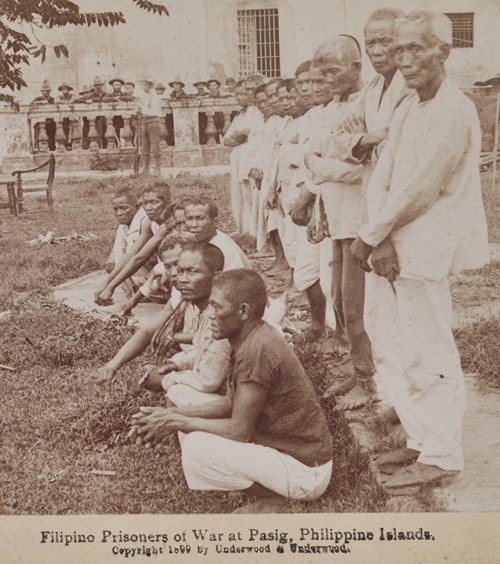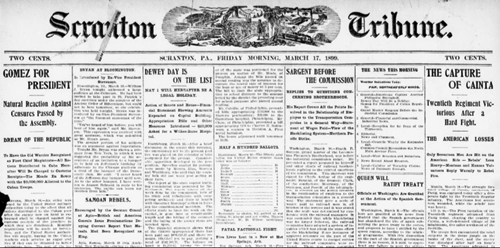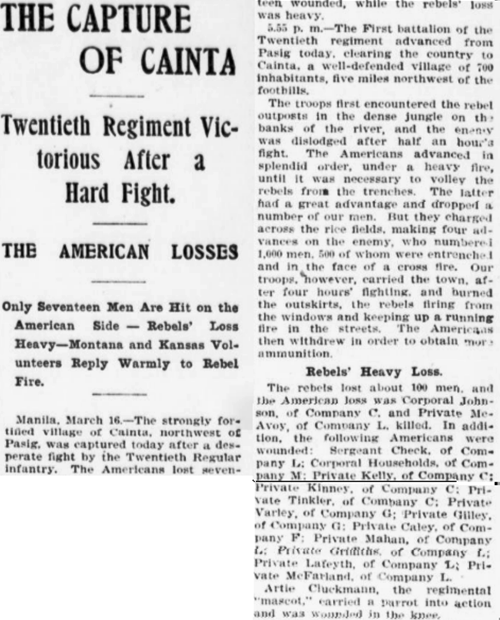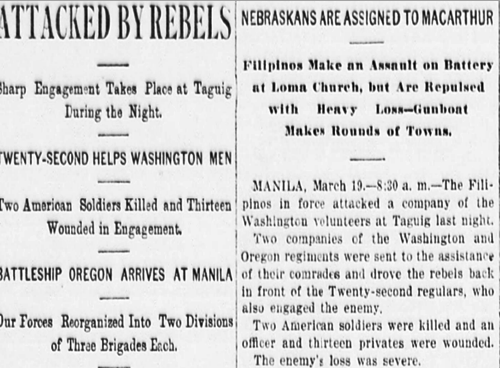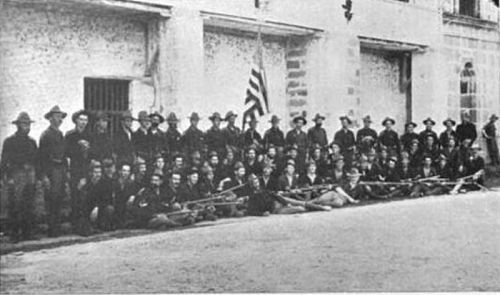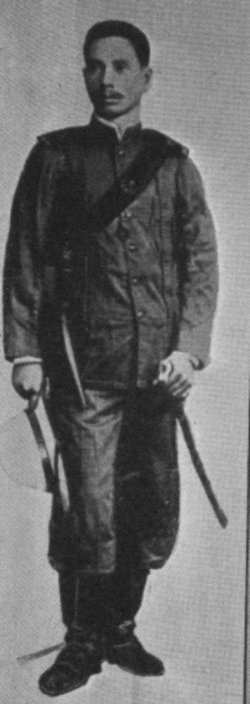Combats between Manila and Lake Laguna de Bay
With fresh troops from the U.S. mainland, Maj. Gen. Elwell S. Otis ordered the clearing of the country between Manila and Lake Laguna de Bay, and a push to the north and capture Aguinaldo.
He believed that this move will stretch a line of American troops across Luzon island, thus cutting all communication between the northern and southern wings of Aguinaldo’s army.
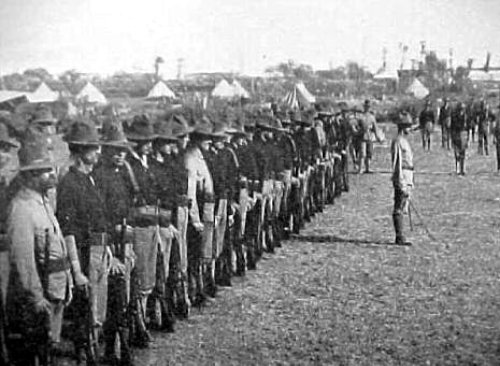
U.S. troop strength was 20,851 at the start of hostilities on Feb. 4, 1899; the average strength was 40,000 during the 40-month war (peaking in 1900 to 2,367 officers and 71,727 enlisted men). By war’s end, a total of 126,468 American soldiers had served in the Philippines. Also, beginning in September 1899 Macabebe Filipinos —- and in the next two years —- Ilocanos, Cagayanos, Boholanos, Cebuanos, Negrenses and Ilonggos were recruited and served as scouts for the US Army. These regional Filipino scout units were integrated and organized as the Philippine Scouts on Feb. 2, 1901. The Philippine Constabulary was inaugurated on Aug. 8, 1901.

Twenty-six of the 30 American generals who served in the Philippines from 1898 to 1902 had fought in the Indian Wars. Sixteen graduates of the United States Military Academy at West Point died in combat against the Filipinos. Eighty Americans were awarded the Congressional Medal of Honor.
Filipino strength at the start of the war was about 20,000 soldiers with 15,000 rifles. In succeeding months, it ranged between 20,000 – 30,000. The number of rifles dwindled as the war dragged on, as many malfunctioned, or were captured by American troops. Ammunition ran low; the Filipinos were forced to manufacture their own cartridges and powder. The makeshift gunpowder lacked power and released thick black smoke that revealed their positions.
The Filipino infantry was tough and hardy, requiring few supplies, and had demonstrated its competence by easily overrunning Spanish garrisons. However, it was relatively poorly trained and the officer corps was weak.
Worst, among the Filipino military and political leaders, disunity caused divisions, usually along regional lines. Although they faced a common enemy who enjoyed vastly superior military training and resources, they still found time to engage in personal, and often bitter quarrels, with disastrous and tragic consequences to the First Philippine Republic.




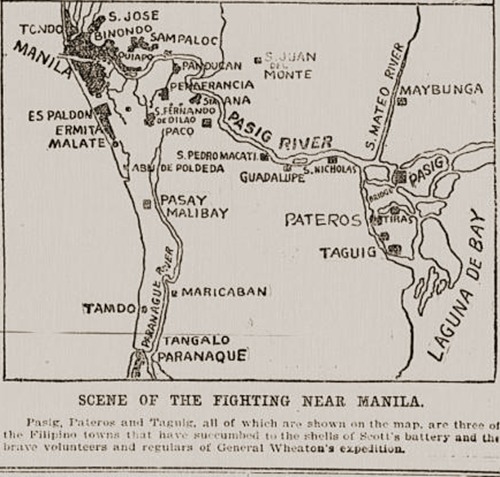
Battle of Guadalupe Church, March 13, 1899
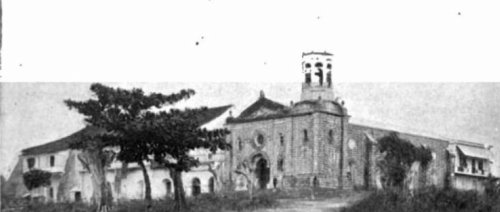
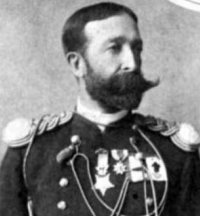
The official US report listed 3 Americans killed and 25 wounded; it estimated Filipino losses at 200 dead and wounded.

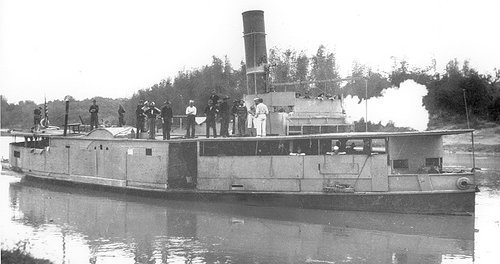


Battle of Pateros, March 14, 1899
A battalion of the 1st Washington Volunteer Infantry Regiment under Maj. John J. Weisenburger attacked Pateros on March 14, 1899.
From Taguig, the Americans crossed a channel in cascos and by swimming and stormed the Filipino entrenchments at Pateros. The town took fire and burned. The Filipinos withdrew.
The Americans suffered 1 killed and 5 wounded. Filipino casualties were undetermined.
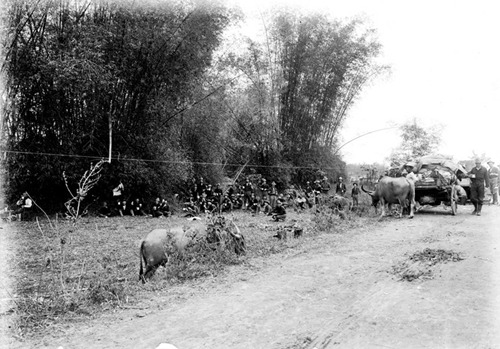
Battle of Pasig, March 15, 1899

Brig. Gen. Loyd Wheaton attacked the town of Pasig with a Provisional Brigade consisting of: a gunboat, 20th Infantry; 22nd Infantry; two battalions 1st Washington Volunteer Infantry; seven companies 2nd Oregon Volunteer Infantry; one platoon 6th Artillery, and three troops 4th Cavalry.
The Pasig expedition was the first organized campaign against the Filipinos. General Wheaton’s instructions were to “drive the enemy beyond Pasig, striking him wherever found”.
American losses were 1 killed and 3 wounded. The New York Times reported that the Americans found 106 dead Filipinos and 100 new graves near Pasig, and that the 20th Infantry took 175 prisoners. [A separate American report estimated Filipino dead at 400].
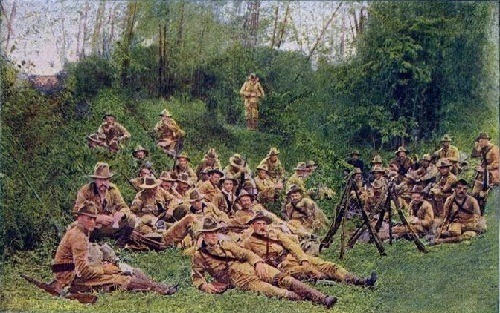

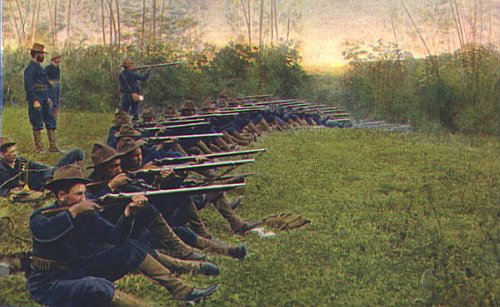

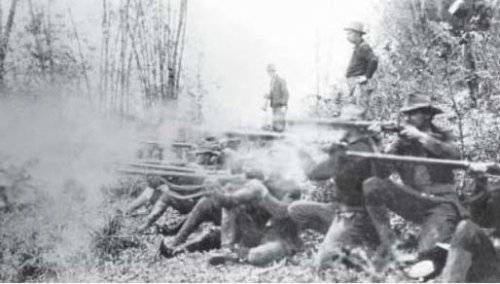
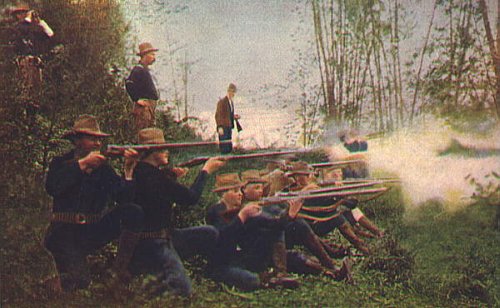
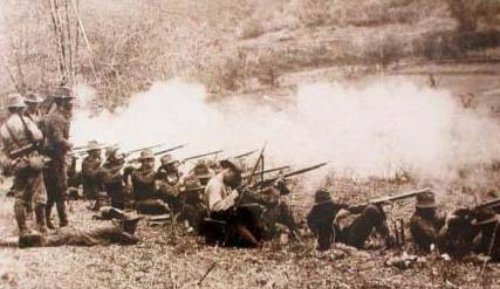
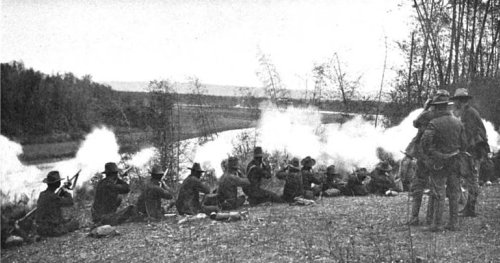
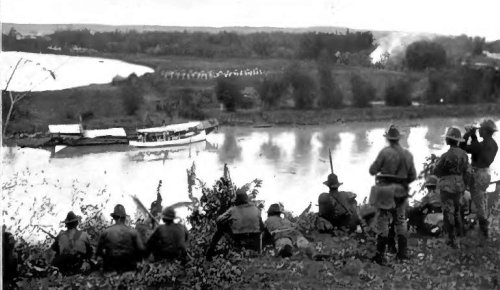

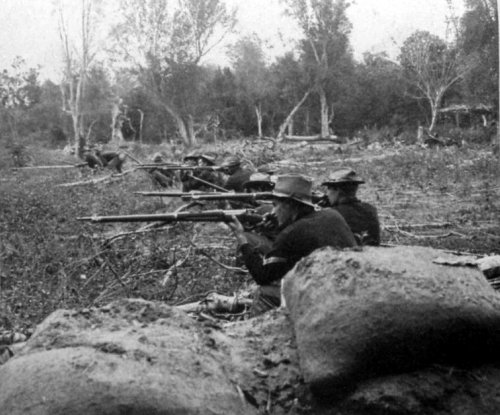
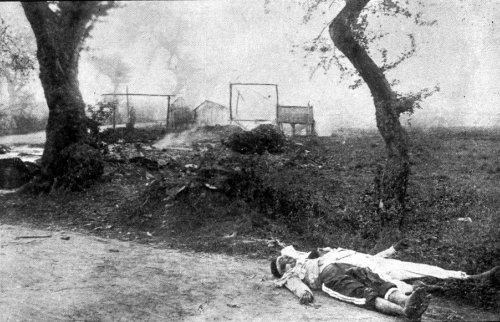
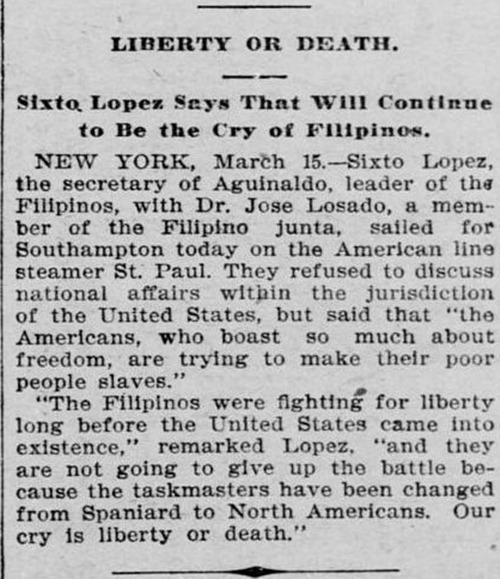

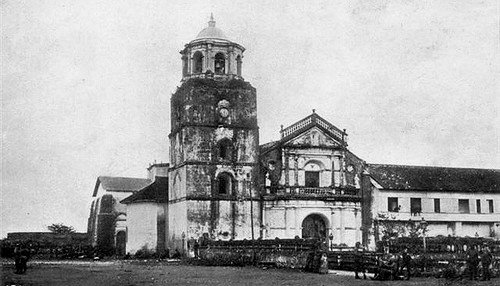
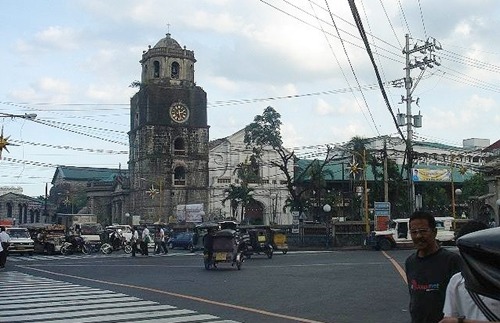
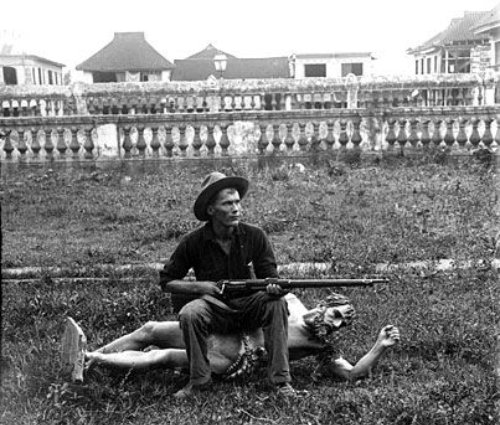



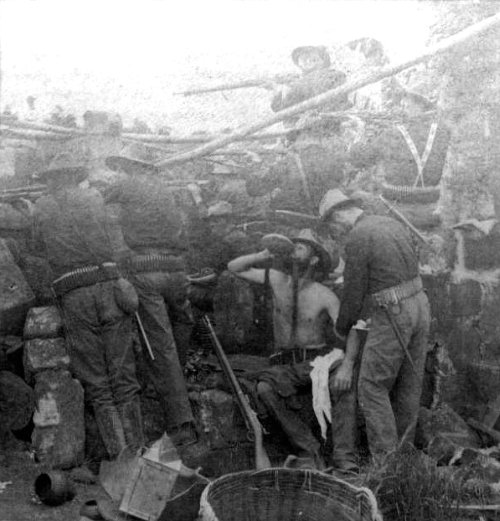
Following their defeat in the main battle, the Filipinos occasionally harassed the American garrison at Pasig.
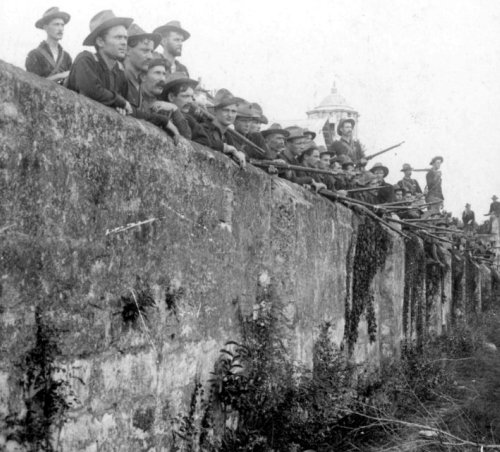

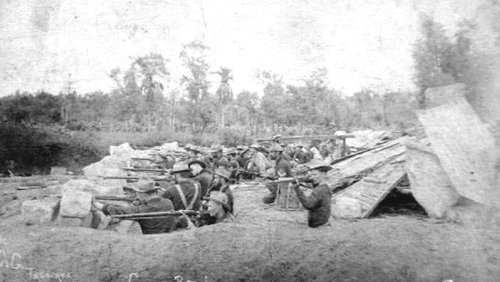
Cainta, March 16, 1899

On March 16, 1899, Maj. William P. Rogers, CO of the 3rd Battalion, 20th US Infantry Regiment, came upon the Filipinos in Cainta, about 1,000 strong, and forced them to retreat. He burned the town. Two Americans were killed and 14 wounded, while the Filipinos suffered about 100 killed and wounded.
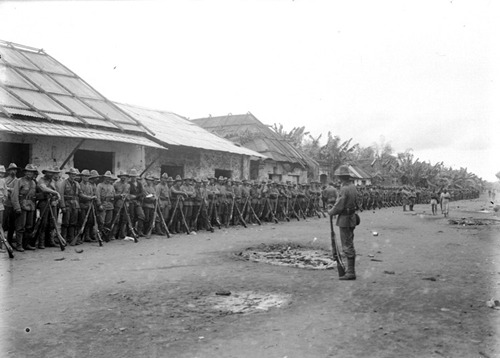
Upon the approach of the Americans, Exequiel Ampil, the Presidente Municipal of Cainta and a former agente especial of the Katipunan who had become a pronounced Americanista, strongly advised the Filipino soldiers to surrender. Instead, they shot him. Although wounded, Ampil managed to escape.

On March 3, 1902, major American newspapers, including the New York Times reported: ��Felizardo, at the head of twenty-five men armed with rifles, entered the town of Cainta�and captured the Presidente of Cainta, Se�or Ampil, and a majority of the police of the town. Se�or Ampil has long been known as an enthusiastic American symphatizer, and it is feared that he may be killed by the enraged ladrones. A strong force of constabulary has been sent to try to effect his release.� [Timoteo Pasay was the actual leader of the guerilla band that kidnapped Ampil on Feb. 28, 1902].
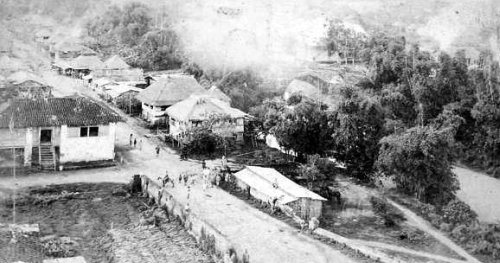
On March 4, 1902, near the hills of Morong town, Ampil found an opportunity to escape. A detachment of constabulary was taken from the garrison at Pasig and stationed at Cainta for his protection. He survived the war.
[ A considerable number of the population of Cainta are descended from Indian soldiers who deserted the British Army when the British briefly occupied the Philippines in 1762 to 1764. These Indian soldiers, called Sepoys, were recruited from among the subjects of the Nawab of Arcot in Madras, India. They settled in Cainta and intermarried or cohabited with the native women. The Sepoy ancestry of Cainta is very visible in contemporary times, particularly in Barrio Dayap near Barangay Sto Nino. Their distinct physical characteristics — darker skin tone and taller stature — set them apart from the average Filipino who is primarily of Malay ethnicity, with admixtures of Chinese and Spanish blood. ]
Battle of Taguig, March 18-19, 1899
The 22nd US Regular Infantry Regiment, 1st Washington Volunteers and 2nd Oregon Volunteers, all under the overall command of Brig. Gen. Loyd Wheaton, engaged Filipino troops led by General Pio del Pilar in the town of Taguig. The Americans suffered 3 dead and 17 wounded; Filipino losses were 75 killed in action.
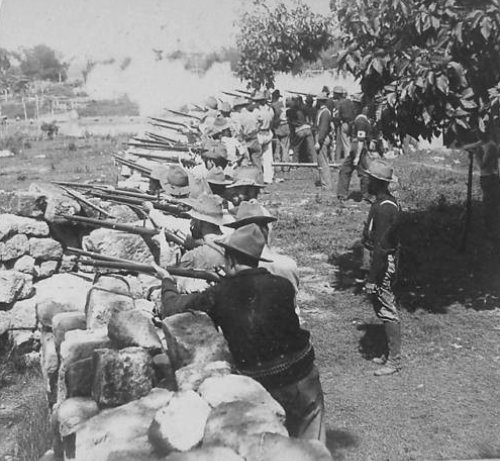
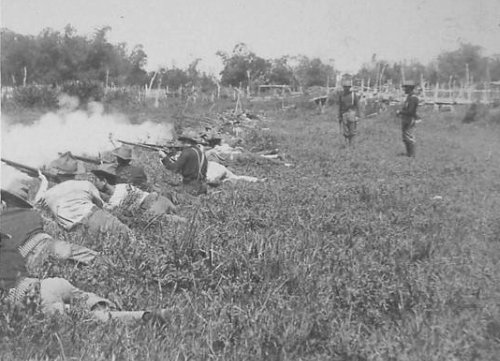

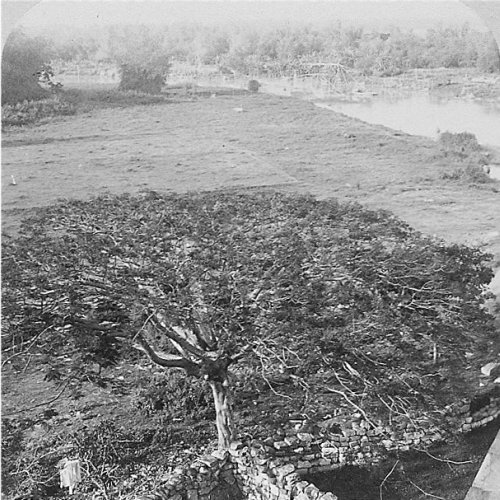
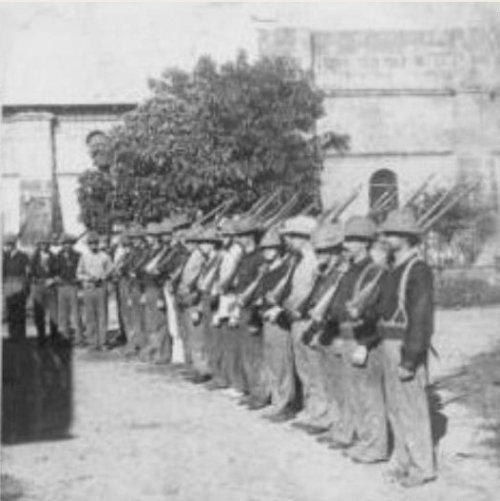
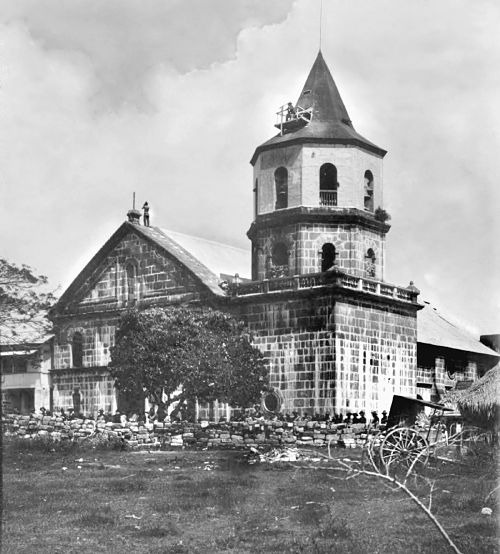

Gen. Del Pilar distinugished himself in the revolution against Spain. But like most Filipino generals, he fared badly against the better-trained and well-equipped Americans. During the battle of Manila on Feb. 5, 1899, General del Pilar’s troops in Pandacan were dislodged and pushed back to the Pasig River where they were shot down “like fish in a barrel” by young American marksmen who learned their skills in the backwoods and prairies of America.
Pio Del Pilar was born “Pio Casta�eda” on July 11, 1865 in Culi-culi, San Pedro de Macati (now Makati City). In May, 1896, he joined the Katipunan and formed a Katipunan chapter called Matagumpay (Triumphant) and he took the symbolic name Pang-una (Leader). He changed his last name to “Del Pilar” to safeguard his family and prevent them from harassment by Spanish authorities.
He, General Mariano Noriel and several others persuaded Emilio Aguinaldo to withdraw his order commuting the death sentence on Andres Bonfacio and his brother Procopio to banishment under heavy guard to Mt. Pico de Loro, Maragondon, Cavite.
In his memoirs, Aguinaldo wrote: “”Upon learning of my wish, Generals Pio del Pilar and Mariano Noriel rushed back to me. “Our dear general,’ General Pio del Pilar began, ‘the crimes committed by the two brothers, Andres and Procopio, are of common knowledge. If you want to live a little longer and continue the task that you have so nobly begun, and if you wnat peace and order in our Revolutionary Government, do not show them any mercy.”
The Bonifacio brothers were executed on May 10, 1897.
In January 1899, Del Pilar was appointed chief of the “Second Zone of Manila” by Gen. Antonio Luna. The second zone comprised Pasig and other areas south and southeast of Manila, including the Morong District.
On June 9, 1900 he was captured in San Miguel de Mayumo, Bulacan Province but was set free on June 21. On that day, Maj. Gen. Arthur C. MacArthur, Jr., now military governor, issued an amnesty, as a result of which some prominent Filipino prisoners, Del Pilar among them, took an oath of allegiance to the United States.
However, he continued to work for the guerilla underground and was rearrested. On Jan. 16, 1901 he was deported to Guam along with Apolinario Mabini, Gen. Maximo Hizon, Gen. Artemio Ricarte and Pablo Ocampo. They left on the US transport Rosecrans.
He return to the Philippines in February 1903 after agreeing to re-take the oath of allegiance to the United States.
He died on June 21, 1931. He is the acknowledged official hero of Makati City. Today, the monument in his honor stands at the intersection of Paseo de Roxas and Makati Avenue.
Massacre at Taytay, March 19, 1899

On March 20, 1899, A.A. Barnes of Battery G, 3rd Artillery, wrote to his brother in Indiana that they had burned the town of Taytay the night before in retaliation for the murder of an American soldier: “Last night one of our boys was found shot and his stomach cut open. Immediately orders were received from General [Loyd] Wheaton to burn the town and kill every native in sight, which was done…About one thousand men, women and children were reported killed. I am probably growing hard-hearted for I am in my glory when I can sight my gun on some dark skin and pull the trigger.”

